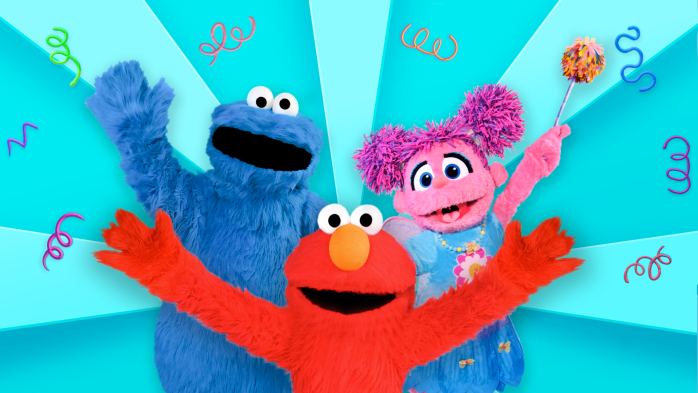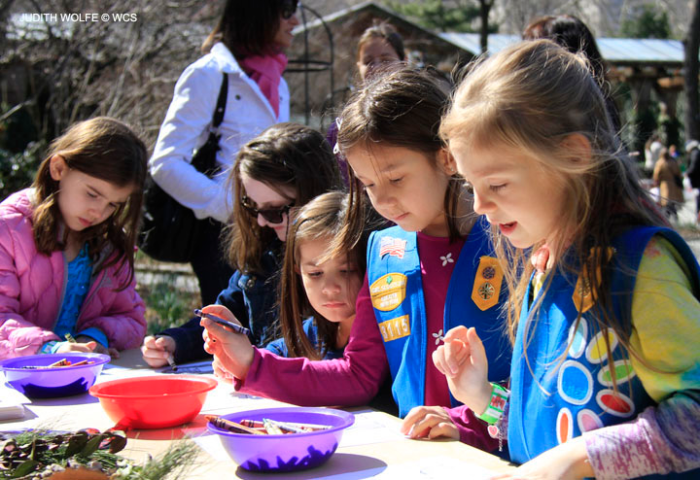Writing is a task that is a downright struggle for many students. It involves multiple steps – coming up with an idea, brainstorming, organizing one’s thoughts, writing complete sentences, spelling words properly, and self-editing, amongst other skills. Help your child develop stellar writing skills with the ideas detailed below.
Help Your Child Create Lists
For some students, even initiating the writing process can be challenging. They often feel overwhelmed and intimidated by the thought of having to compose a well-written paragraph or essay. To combat these fears, encourage your child to start by simply jotting down ideas about a given topic. For instance, if your youngster is asked to write a paragraph on why he likes summer, he can start by listing ideas about the joys of summer. He might write in list format, for instance: one can play outside, spend more time with family and friends, go to camp, swim, travel, and lay at the beach. Once these ideas are on the page, he can then highlight the three or so points he plans to include in his writing.
Help Your Child Brainstorm
After your child has selected the points she plans to elaborate on in her paragraph or essay, she should brainstorm these ideas in an organized fashion. While there are various formats she can use for brainstorming, a web diagram is a useful tool. She can, for instance, brainstorm for a basic five sentence paragraph by writing the topic in a rectangular box at the top of the page, then connecting it to three circular bubbles beneath it (for the three key points, such as playing outside, spending time with family, and swimming), and finally ending with another rectangular box at the bottom for the concluding sentence. Computer-based programs, such as Kidspiration (for younger students) or Inspiration (for older students) can also serve as engaging multi-sensory options for brainstorming.
RELATED: Find More Academic Enrichment Resources Near You
Start Writing
Once your child has listed his ideas and then created a brainstorm diagram, he can turn those boxes and bubbles into complete sentences to form his paragraph. Have him turn the “topic” box into a topic sentence, such as “There are many fun and engaging activities one can do during the summer.” Next, he can turn each detail bubble into a full sentence. For example, “You can play outside at a park or playground. You can spend more free time relaxing with friends and family. You can also swim in a pool or at the beach.” Finally, he should turn the bottom box into a conclusion sentence, which can express his opinion on the topic, such as “I love summer” or “Summer is my favorite time of year.”
Tools for Self-Checking
Many students have a tendency to speed through their work to “get it over with” and often neglect to self-check their writing. Rather than telling them to simply “check” their work, teach them specific tools for how to go about doing so, such as the COPS acronym, which stands for Capitalization, Organization, Punctuation, and Spelling. Have her write the COPS acronym vertically at the bottom of her essay with a check box next to each letter. Once she is done writing her paragraph or essay, encourage her to go back and check for each individual item on the check list (one at a time) and check off each one once she makes the relevant corrections.
As students move through school, the writing demands increase quickly. Help your child learn to effectively express her ideas on paper in an organized, well-structured manner and she will be well on his way to academic success.
Sign up for our newsletter to receive the latest updates on fun events and other family activities in your area.





















